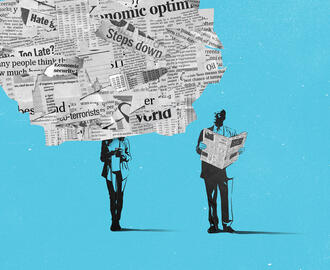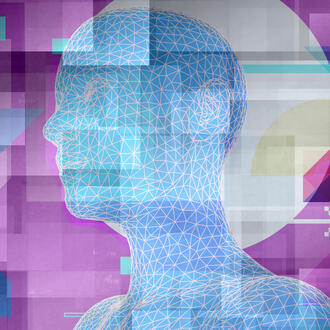Ideas Made to Matter
Communications
3 surprising ways millennials communicate
By
A new study from MIT Sloan highlights communication trends among millennial MBAs, with revealing findings.
“Communication is part of everyone’s job, but millennials do it differently,” said MIT Sloan lecturer Miro Kazakoff, who co-authored the study with MIT Sloan senior lecturer Kara Blackburn.
For the first time, the MIT Sloan School of Management Communications Group polled incoming MBA students to understand which communications skills they hope to master and how today’s workers interact. Roughly three-quarters of the class, a total of 331 students, responded, and the results underscore just how differently this generation communicates as compared with older workers.
Writing isn’t a central part of modern work
Unless it’s email or a PowerPoint presentation, long-form writing isn’t an integral skill these days, said Kazakoff. Less than half of respondents reported doing meaningful, longer-form writing at work. Of those who do write longer reports, 59 percent did so only on a monthly or less frequent basis.
“This is a generation that writes almost nonstop — but most communication is through texting,” Kazakoff said. “We’re not likely to see future workplaces with long-form writing. The trend is toward presentations and slides, and we don’t see any sign of that slowing down.”
Producing presentations is key
A whopping 85 percent of students named producing presentations as a meaningful part of their job responsibilities. Two-thirds report that they present on a daily or weekly basis — so it’s no surprise that in-person presentations is the top skill they hope to improve.
“By far, students want to get better presenting. What I hear from students in the classroom is that when they see leaders in an organization, one thing that consistently impresses them is a leader’s ability to communicate verbally. They feel the gap between where they are now and those leaders,” Kazakoff said.
This gap is possibly reinforced by the often impersonal nature of social media, in which someone can with one click communicate with a wide audience of friends, acquaintances, and even strangers.
“As the nature of communication changes, one thing that I’ve seen students get weaker at is the ability to really empathize with others. We have so many ways to do ‘one-to-many’ interactions quickly, but it takes time to form ‘one-to-one’ interactions. I think it’s those one-to-ones that cultivate empathy. Fortunately, I think students see how good leaders are able to project empathy and connection with an audience,” he said.
Data visualization is the wave of the future
Students also ranked data visualization near the top of skills upon which they’d like to improve. Writing and speaking are important, but visual communication — conveying ideas in pictures, not merely words — is also essential.
“I would argue that visualizing data and conveying quantitative information is one of the new forms of literacy that’s needed in the knowledge economy,” said Kazakoff. “We haven’t trained people in visual design. PowerPoint gave people a powerful set of design tools, but we need to train them in how to design properly.”
As students continue to value visual communication, MIT Sloan will add a required course this spring as part of the business analytics certificate titled “Communicating with data.”
Despite the shift in communication styles, Kazakoff is optimistic about the millennial work ethic.
“My millennial students reliably show up to class with a desire to learn and a desire to make the world a better place,” he said.



